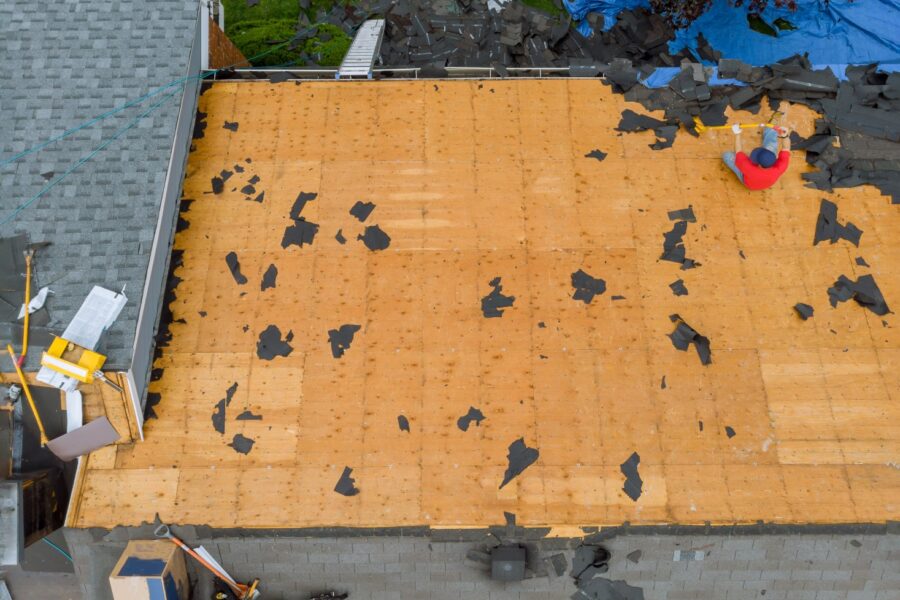Crime scenes aren’t just unsettling; they’re often unsafe due to biohazards and other harmful materials left behind. Homicide cleanup is more than just removing visible stains. It’s about thoroughly decontaminating a space to restore it safely for future use.
Here’s a look at the essential steps in crime scene cleanup and property restoration.
1. Assess the Scene
The first step is a detailed assessment. Every crime scene is different, so professionals evaluate the scope of contamination, identify restoration needs, and check for hidden risks that might complicate the process.
They determine areas needing special handling, like surfaces with biohazardous materials or items soaked with hazardous substances. Accurate assessment ensures thorough, efficient cleanup with no overlooked areas.
2. Secure and Contain the Area
After evaluation, the next step is securing the area. Engaging experienced homicide cleaning services ensures that contaminated zones are effectively cordoned off, preventing cross-contamination and limiting exposure. These professionals create boundaries to keep the cleanup controlled, protecting any unaffected areas.
Containment involves setting up barriers and using specialized materials to seal affected spaces. This is crucial in multi-room properties or buildings with shared spaces, ensuring no harmful particles or biohazards escape during cleanup.
3. Remove Biohazards

Biohazard removal is critical in crime scene cleaning. Trained technicians in protective gear remove human blood, bodily fluids, and hazardous materials, using professional-grade cleaning products to eliminate pathogens.
Disposal is highly regulated. Technicians follow strict protocols to safely transport and dispose of waste according to federal and state guidelines. Attempting this without proper training can lead to health risks, fines, and legal issues.
4. Deep Clean and Disinfect
Once biohazards are cleared, it’s time for a deep clean. Crime scene cleaning involves more than basic products; professionals use hospital-grade disinfectants and industrial tools to tackle stains and hidden contaminants. Every surface is cleaned, disinfected, and sanitized to remove pathogens.
This step often includes steam cleaning, scrubbing, and applying specialized disinfectants. In some cases, crime scene cleaners may remove parts of floors, walls, or ceilings if contaminants have seeped in. Deep cleaning eliminates lingering risks, ensuring the property is safe for future occupants.
5. Address Odor Control
After cleaning, there may still be lingering odors from the incident or disinfectants used. These can be overwhelming, especially in enclosed spaces. Professionals use advanced odor removal techniques, like ozone generators and HEPA air scrubbers, to eliminate smells at the molecular level.
This stage isn’t about masking odors; it’s about neutralizing them. Crime scene odors often cling to surfaces and penetrate soft materials, making them tough to remove. Advanced methods break down odor-causing particles, leaving the space fresh and clean, without heavy scents or chemical odors.
6. Conduct Final Inspection and Verification
After cleaning and deodorizing, the property undergoes a final inspection to ensure all hazards have been addressed. Professionals conduct tests to confirm the removal of biohazards and compliance with health and safety standards.
Technicians may use specialized equipment to measure decontamination effectiveness and conduct air quality tests. This step ensures peace of mind, confirming the space is safe and livable.
7. Implement Documentation and Reporting
Crime scene cleaning requires detailed documentation for insurance and legal purposes. Cleanup companies record each step from assessment to inspection, often with photographs and detailed reports.
Clear records of the cleanup process aid in insurance claims and future property disclosures. They provide proof of professional restoration, offering reassurance to anyone using or purchasing the property.
8. Perform Restorative Repairs
Crime scene cleanup may include minor repairs, but extensive damage often requires significant restoration. Professionals may work with contractors to fully restore the property, including repainting, patching drywall, or replacing flooring.
Depending on the crime, properties might need special repairs like patching bullet holes, fixing windows, or replacing damaged furniture. These restorative efforts help make the property look as if it was never affected by a traumatic event.
9. Offer Emotional Support
Cleaning up a crime scene is physically and emotionally taxing. For anyone connected to the property, returning to a cleaned yet once-contaminated space can be distressing. Professional cleanup companies understand this and often work discreetly, offering compassionate support.
Some companies can also connect families or property owners with counseling services or support groups. Emotional recovery is crucial, and having resources available helps people find closure after the trauma of a violent crime.
Final Note
Crime scene cleanup is a meticulous process, from assessing the scene to performing final inspections. It’s a job best left to trained professionals who can handle the biohazards, deep clean, and document everything with skill and compassion.
A crime scene may leave a lasting impact, but with the right approach, it’s possible to bring back a sense of normalcy and security to the affected property. Proper cleanup restores the space physically, allowing those connected to it to start moving forward emotionally.
Discover more from Futurist Architecture
Subscribe to get the latest posts sent to your email.

![modern apartment [article_title]](https://www.futuristarchitecture.com/wp-content/uploads/2025/03/Evening-Ambiance-Lighting-The-Secret-to-Relaxing-in-Style-After-900x600.jpg)

